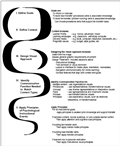
Content Type: |
Process |
Communicative Function: |
Organizational |
Psychological Function: |
Minimize Cognitive Load |
Explanatory Type: |
Organizational |
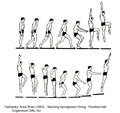
Content Type: |
Procedure |
Communicative Function: |
Transformational |
Psychological Function: |
Support Transfer of Learning |
Explanatory Type: |
Transformational |
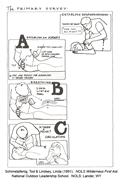
Content Type: |
Procedures |
Communicative Function: |
Representational, Mnemonic, Transformational |
Psychological Function: |
Build Mental Models, Support Transfer of Learning |
Explanatory Type: |
Transformational |
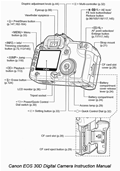
Content Type: |
Facts |
Communicative Function: |
Representational |
Psychological Function: |
Support Attention, Minimize Cognitive Load |
Explanatory Type: |
Interpretive |

Content Type: |
Facts |
Communicative Function: |
Organizational |
Psychological Function: |
Support Attention, Activate or Build Prior Knowledge |
Explanatory Type: |
Organizational |

Content Type: |
Facts |
Communicative Function: |
Decorative, Representational |
Psychological Function: |
Support Attention, Support Motivation |
Explanatory Type: |
Organizational |
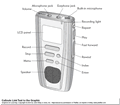
Content Type: |
Facts |
Communicative Function: |
Representational |
Psychological Function: |
Support Attention, Minimize Cognitive Load |
Explanatory Type: |
Interpretive |

Content Type: |
Concepts |
Communicative Function: |
Organizational |
Psychological Function: |
Build Mental Models |
Explanatory Type: |
Organizational |
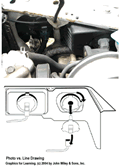
Content Type: |
Procedure |
Communicative Function: |
Representational, Transformational |
Psychological Function: |
Support Attention (arrows), Minimize Cognitive Load, Support Transfer of Learning |
Explanatory Type: |
Transformational |

Content Type: |
Facts |
Communicative Function: |
Representational |
Psychological Function: |
Support Attention, Minimize Cognitive Load |
Explanatory Type: |
Interpretive |

Content Type: |
Facts |
Communicative Function: |
Representational |
Psychological Function: |
Support Attention, Minimize Cognitive Load |
Explanatory Type: |
Interpretive |
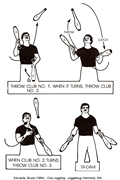
Content Type: |
Process |
Communicative Function: |
Transformational |
Psychological Function: |
Build Mental Models |
Explanatory Type: |
Transformational |
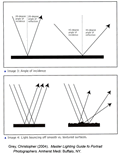
Content Type: |
Principles |
Communicative Function: |
Interpretive |
Psychological Function: |
Minimize Cognitive Load, Build Mental Models |
Explanatory Type: |
Interpretive |

Content Type: |
Concepts, Principles, Facts |
Communicative Function: |
Relational, Interpretive |
Psychological Function: |
Build Mental Models, Activate or Build Prior Knowledge |
Explanatory Type: |
Interpretive |
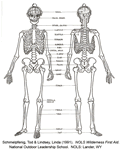
Content Type: |
Facts |
Communicative Function: |
Representational |
Psychological Function: |
Support Attention, Minimize Cognitive Load |
Explanatory Type: |
Interpretive |

Content Type: |
Procedure |
Communicative Function: |
Representational, Transformational |
Psychological Function: |
Support Attention, Support Transfer of Learning, Support Motivation |
Explanatory Type: |
Transformational |

Content Type: |
Concepts, Procedures |
Communicative Function: |
Representational |
Psychological Function: |
Minimize Cognitive Load, Build Mental Models, Support Transfer of Learning, Support Motivation |
Explanatory Type: |
Transformational, Interpretive |

Content Type: |
Procedures |
Communicative Function: |
Transformational |
Psychological Function: |
Support Attention, Build Mental Models, Support Transfer of Learning |
Explanatory Type: |
Transformational |

Content Type: |
Procedures |
Communicative Function: |
Transformational |
Psychological Function: |
Support Attention, Build Mental Models, Support Transfer of Learning |
Explanatory Type: |
Transformational |

Content Type: |
Facts |
Communicative Function: |
Representational |
Psychological Function: |
Support Attention, Minimize Cognitive Load, Build Mental Models |
Explanatory Type: |
Interpretive |

Content Type: |
Procedures |
Communicative Function: |
Transformational |
Psychological Function: |
Support Attention, Build Mental Models, Support Transfer of Learning |
Explanatory Type: |
Transformational |

Content Type: |
Procedures |
Communicative Function: |
Transformational |
Psychological Function: |
Build Mental Models, Support Transfer of Learning |
Explanatory Type: |
Transformational |
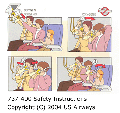
Content Type: |
Procedures |
Communicative Function: |
Transformational |
Psychological Function: |
Support Attention, Build Mental Models, Support Transfer of Learning |
Explanatory Type: |
Transformational |

Content Type: |
Facts |
Communicative Function: |
Representational |
Psychological Function: |
Support Attention, Build Mental Models |
Explanatory Type: |
Transformational |
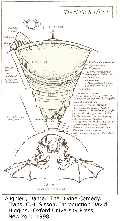
Content Type: |
Concepts |
Communicative Function: |
Organizational, Interpretive |
Psychological Function: |
Build Mental Models |
Explanatory Type: |
Interpretive |
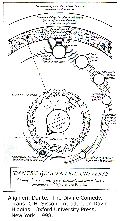
Content Type: |
Concepts |
Communicative Function: |
Organizational, Interpretive, Minimize Cognitive Load |
Psychological Function: |
Build Mental Models |
Explanatory Type: |
Interpretive |
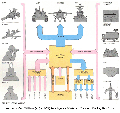
Content Type: |
Concepts |
Communicative Function: |
Representational, Organizational, Interpretive |
Psychological Function: |
Build Mental Models, Minimize Cognitive Load |
Explanatory Type: |
Organizational, Interpretive |

Interesting geographic diagram. Includes cutaway geography and multiple planes (bottom of the sea, surface of the sea, surface of the land, air, & space).
Content Type: |
Concepts |
Communicative Function: |
Representational, Organizational, Interpretive |
Psychological Function: |
Build Mental Models, Minimize Cognitive Load |
Explanatory Type: |
Organizational, Interpretive |
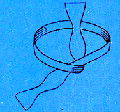
Content Type: |
Procedures |
Communicative Function: |
Transformational |
Psychological Function: |
Minimize Cognitive Load, Build Mental Models |
Explanatory Type: |
Transformational |
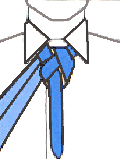
Content Type: |
Procedures |
Communicative Function: |
Transformational |
Psychological Function: |
Minimize Cognitive Load, Build Mental Models |
Explanatory Type: |
Transformational |

Content Type: |
Processes |
Communicative Function: |
Transformational |
Psychological Function: |
Minimize Cognitive Load, Build Mental Models |
Explanatory Type: |
Transformational |
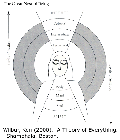
Content Type: |
Concepts |
Communicative Function: |
Interpretive |
Psychological Function: |
Build Mental Models |
Explanatory Type: |
Interpretive |
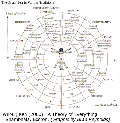
Content Type: |
Concepts |
Communicative Function: |
Interpretive |
Psychological Function: |
Build Mental Models |
Explanatory Type: |
Interpretive |
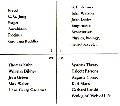
Content Type: |
Concepts |
Communicative Function: |
Organizational, Interpretive |
Psychological Function: |
Build Mental Models |
Explanatory Type: |
Organizational, Interpretive |
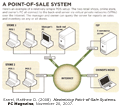
Content Type: |
Concepts |
Communicative Function: |
Organizational, Interpretive |
Psychological Function: |
Build Mental Models, Minimize Cognitive Load |
Explanatory Type: |
Organizational, Interpretive |

Content Type: |
Concepts |
Communicative Function: |
Organizational, Interpretive |
Psychological Function: |
Build Mental Models, Minimize Cognitive Load, Motivate Learning, Direct Attention |
Explanatory Type: |
Organizational, Interpretive |

Content Type: |
Concepts |
Communicative Function: |
Interpretive |
Psychological Function: |
Build Mental Models, Minimize Cognitive Load, Motivate Learning, Direct Attention |
Explanatory Type: |
Interpretive |
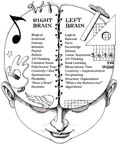
Content Type: |
Concepts |
Communicative Function: |
Interpretive |
Psychological Function: |
Build Mental Models, Minimize Cognitive Load, Motivate Learning, Direct Attention |
Explanatory Type: |
Interpretive |

Content Type: |
Concepts |
Communicative Function: |
Interpretive |
Psychological Function: |
Build Mental Models, Minimize Cognitive Load, Motivate Learning, Direct Attention |
Explanatory Type: |
Interpretive |